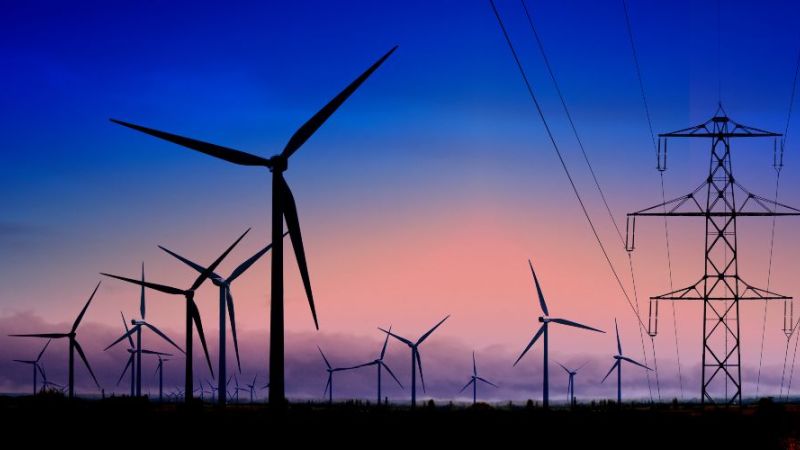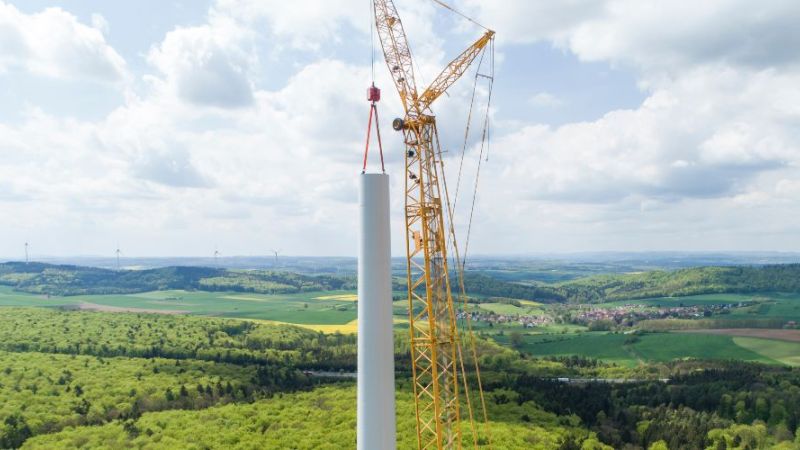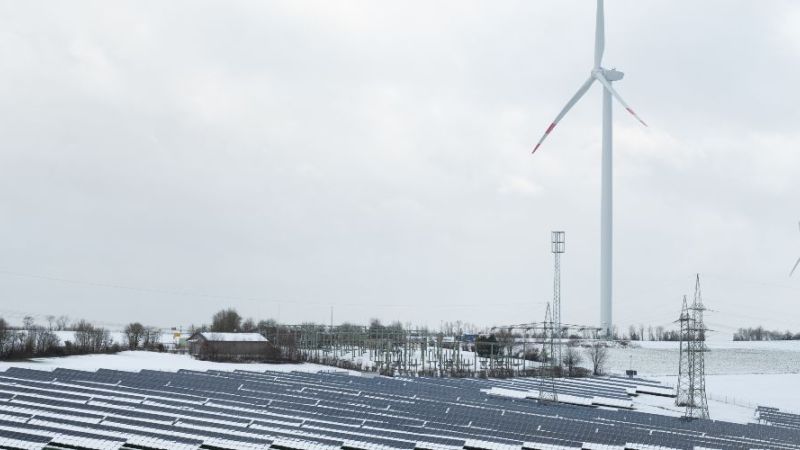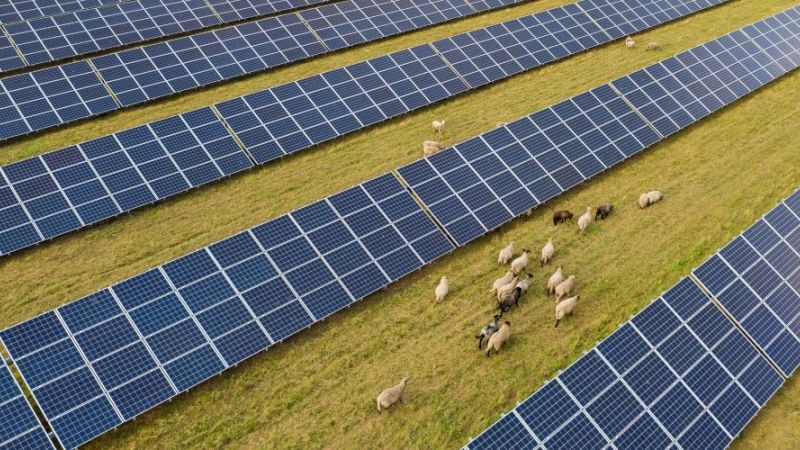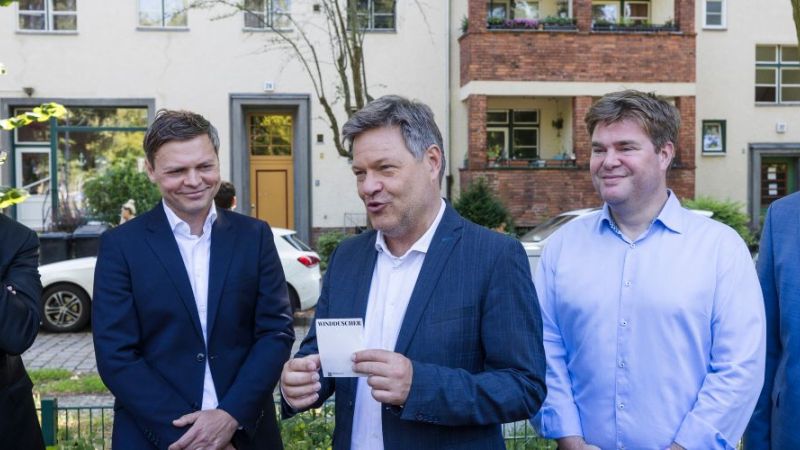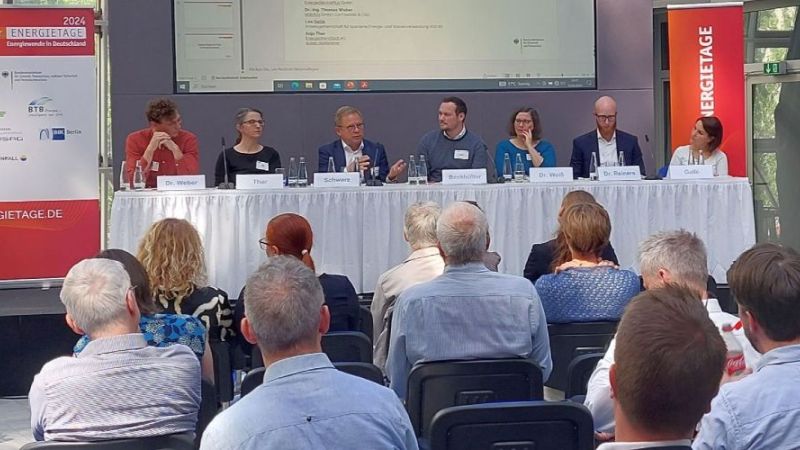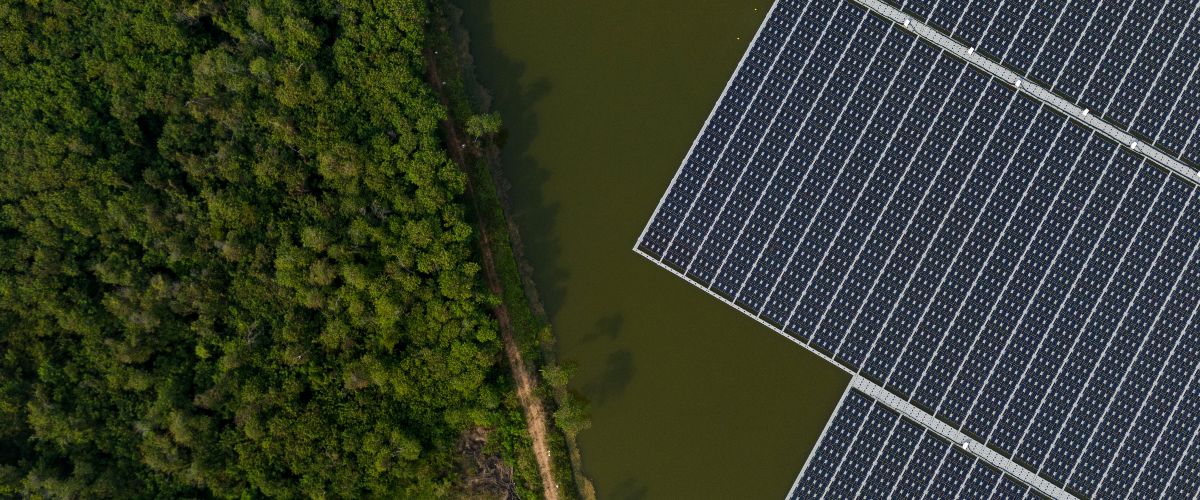 © eakarat – stock.adobe.com
© eakarat – stock.adobe.com
Photovoltaics
Global installed photovoltaic capacity exceeds 2,260 gigawatts in 2024
The International Energy Agency's (IEA) Photovoltaic Power Systems (PVPS) programme has published its Trends Report for 2024. One key finding is that 2024 was another record year for photovoltaics.
The Trends Report analyses how the photovoltaic sector developed over the past year from a global perspective. According to the report, global installed photovoltaic capacity rose to between 553 gigawatts and 601 gigawatts by the end of 2024 – a new record.
Compared to 2023, this represents an increase of around one third in newly installed photovoltaic capacity. The authors attribute this to increased measures to combat climate change, falling costs for photovoltaic modules and steps taken by China to absorb production capacities.
Photovoltaic expansion in global comparison: Germany leads the way in Europe
With 66 gigawatts of newly installed photovoltaic capacity, the European Union ranks second. Within the EU, Germany leads with an expansion of 17.2 gigawatts. It is followed by Spain (8.7 gigawatts), Italy (6.7 gigawatts), France (6 gigawatts) and Poland (4.2 gigawatts).
China remains in first place. With an estimated 357 gigawatts of newly added photovoltaic capacity, China continues to dominate the global PV market, as in previous years. This means that China will account for around 60 per cent of all new installations in 2024. The USA ranks third with 47 gigawatts. India (32 gigawatts) and Pakistan (18 gigawatts) complete the top five in the capacity expansion comparison.
According to the figures published in the Trends Report, more than 35 countries now operate annual markets in the gigawatt range and over 40 countries have exceeded the mark of 1 kilowatt of PV capacity per capita.
Key findings of the Trends Report
"Photovoltaics have firmly established themselves as a global cornerstone of electricity generation," said Melodie de l’Epine, one of the lead authors of the report. "In 2024, almost half of the total installed capacity worldwide was added in just three years, underscoring the rapid acceleration of the energy transition."
The authors highlight several technological and market-related trends for current developments in photovoltaics. The efficiency of photovoltaic modules continues to improve, with n-type technologies now accounting for 70 per cent of global production. n-type technologies are the next generation of silicon solar cells. They are more efficient, durable and stable than classic p-type PERC cells. They are increasingly dominating new production lines, especially in TOPCon and HJT modules. Furthermore, bifacial photovoltaic modules (usually n-type) dominate the market. They account for over 75 per cent of production. Large-scale photovoltaic systems accounted for around 62 per cent of new installations. The markets for decentralised systems and prosumers – i.e. households that generate electricity for their own use with a photovoltaic system and feed surplus electricity into the grid – also continue to grow. Aspects such as self-consumption and new business models play an important role here.
In addition, the Trends Report notes that dual-use applications (including agrivoltaics, floating PV and infrastructure-integrated PV) are becoming increasingly relevant. With such dual use, photovoltaics helps to reconcile land use, food production and renewable energy generation, for example.
Background to the Photovoltaic Power Systems Programme
The IEA's PVPS programme consists of various research projects, known as tasks, to which members from all over the world contribute. Germany is active in several tasks. Task 1, "Strategic PV Analysis & Outreach", has produced the current report "Trends in Photovoltaic Applications 2025". In its report, the responsible working group highlights the annual global developments in the photovoltaic sector. This also includes detailed industry analyses and statistics. Basically, IEA PVPS Task 1 is dedicated to promoting and facilitating the exchange and dissemination of information on the technical, economic, environmental and social aspects of photovoltaic systems. (av)

